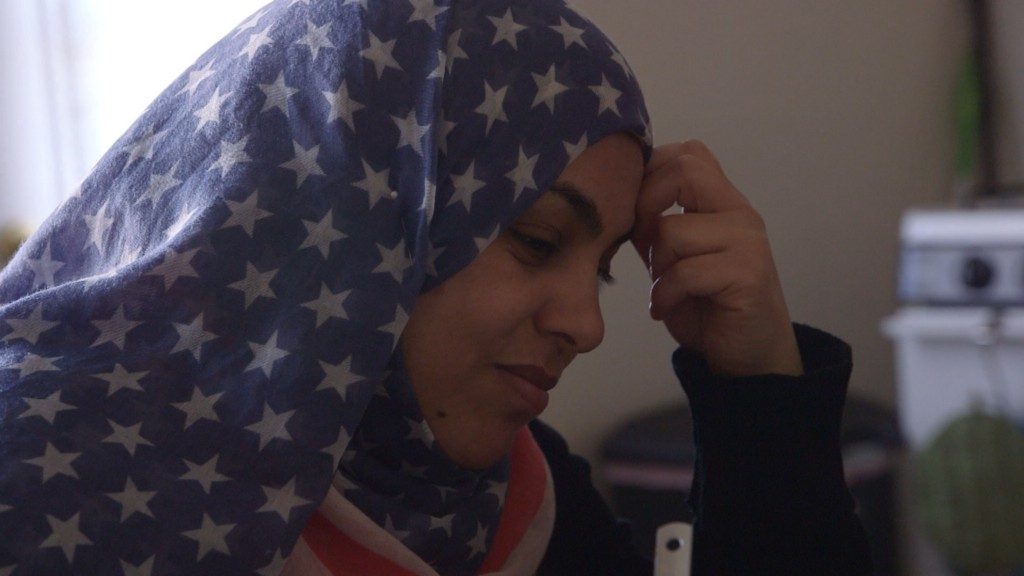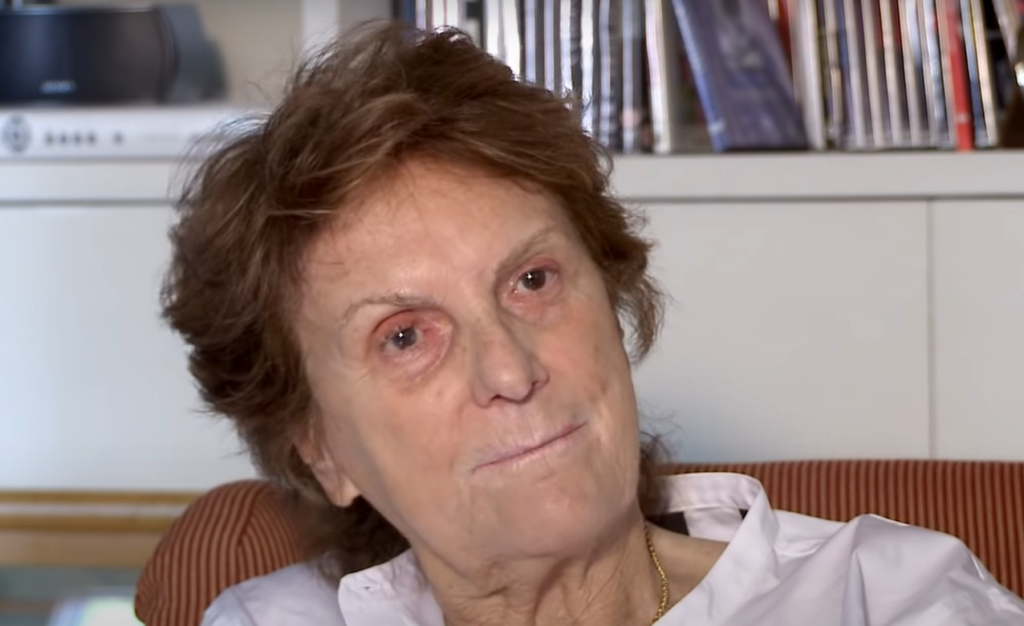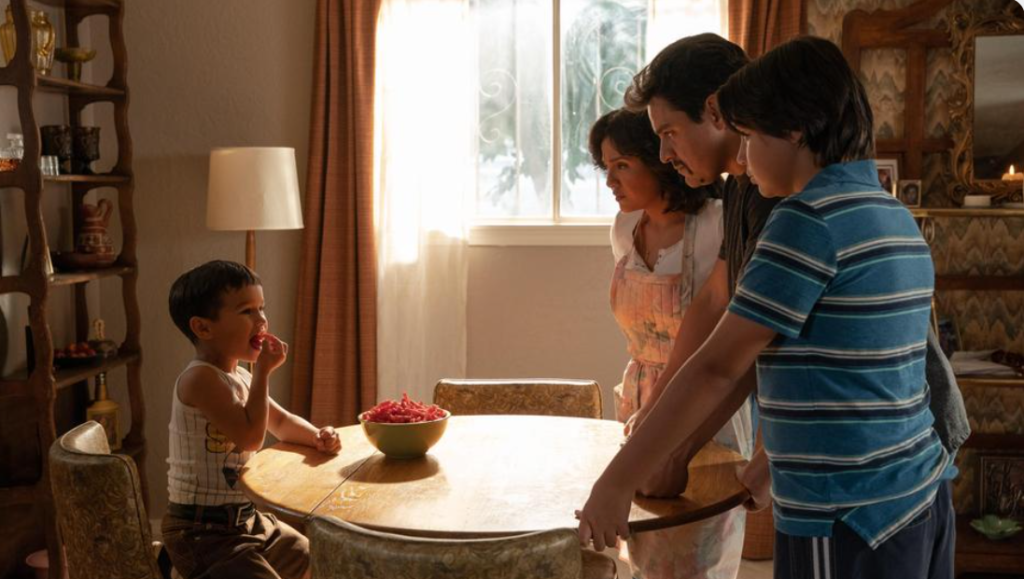Alexandra Shiva is an award-winning documentary filmmaker. She won a Peabody Award for her film “How to Dance in Ohio,” which premiered at the Sundance Film Festival in 2015 and aired on HBO to great critical acclaim. Shiva’s other work includes “Stagedoor,” which premiered at SXSW in 2005, and her 2001 directorial debut, “Bombay Eunuch,” which won Best Documentary at NewFest and the Florida Film Festival’s Special Jury Award.
“This Is Home” will premiere at the 2018 Sundance Film Festival on January 20.
W&H: Describe the film for us in your own words.
AS: “This Is Home” is an intimate portrait of four Syrian refugee families arriving in Baltimore and struggling to find their footing. After surviving the traumas of war, the families are met with a whole new set of challenges. They must “learn America”— everything from taking the bus to negotiating new gender roles — all in an ever-changing and increasingly hostile political environment.
Their goals are completely relatable: find a job, pay the bills, and make a better life for their children. We witness the families’ struggles and triumphs through the drama of everyday life. It is the classic American immigration story and it challenges us to see past differences to find common ground. It is undeniably a universal story, highlighted by humor and heartbreak, about what it’s like to start over, no matter the obstacles.
W&H: What drew you to this story?
AS: Someone said to our executive producer Princess Firyal of Jordan: “Have you seen the film ‘How to Dance in Ohio’? We need a film like that for the refugee community.” She responded: “I happen to know the director!”
When she came to me with this story, I knew exactly why I was the right fit to direct: all of my films have in some way been about people trying to find belonging. I’m drawn to stories about so-called “outsiders” — how do they create worlds for themselves that make sense when they find themselves on the margins?
As the daughter of an Israeli immigrant, I have had a very up-close and personal interest in issues around displacement, alienation, identity, and belonging — all the more reason why I wanted to tell this story.
W&H: What do you want people to think about when they are leaving the theater?
AS: First and foremost, I want the audience to leave feeling empathy for the subjects, to feel like they have walked alongside these families and have a better understanding of their lives. Then I hope people will think about what they can do in their communities to impact the refugee crisis at a local level.
W&H: What was the biggest challenge in making the film?
AS: This is the most challenging film I’ve made. Not only did I have to bridge language and cultural divides in order to build relationships with the subjects, but I also met them during one of the most difficult times in their lives. Each subject was grieving — mourning the loss of their home, family, friends, their way of life — while also facing the daunting task of starting over from scratch in a new world.
This meant that it took more time to connect and build trust within each relationship. It also took more time in the edit room because we had every syllable of nearly 300 hours of footage translated; we didn’t want to miss a single moment.
Despite all the challenges, the process was also deeply rewarding. I earned the subjects’ trust and had the great privilege of helping them share their stories and I think, for them, that process has been both cathartic and validating.
W&H: How did you get your film funded? Share some insights into how you got the film made.
AS: Our executive producer Princess Firyal of Jordan was the driving force behind the film. It was not only her idea originally, but she is also the film’s main financial backer.
We were also lucky enough to attend Sundance’s Catalyst Lab, which connects filmmakers with passionate film funders and investors. From there, we built a strong community of supporters who rallied around the film and offered us assistance in a myriad of ways.
W&H: What does it mean for you to have your film play at Sundance?
AS: It is a real honor to return to Sundance to premiere “This Is Home.” For me, it means that we are launching the film on a large stage to an audience that is already passionate about and ready to engage in today’s most pressing social issues. It is the first step in making sure this film has a wide reach and powerful impact.
W&H: What’s the best and worst advice you’ve received?
AS: The best advice I have ever received was to be as specific as possible in my storytelling. Not to worry about the broad strokes, but focus on the subjects, the human details, and the individual stories. “This Is Home” is a great example of why that works. In telling the stories of these four families successfully, I can do justice to their specific experiences. Only then can I hope to touch upon larger, more universal truths.
The worst advice is always about trying to change my work to have more commercial appeal. I’ve learned that the best work happens when I stay true to my voice as a filmmaker.
W&H: What advice do you have for other female directors?
AS: Find female mentors you respect and soak up as much as you can from them.
W&H: Name your favorite woman-directed film and why.
AS: Liz Garbus’ “What Happened, Miss Simone?” Liz brought a profound clarity to the subject that allowed us to know Nina Simone in a way we have never before, but while still maintaining her vision and artistry as a filmmaker. She is a fearless storyteller.
W&H: Hollywood is in the midst of undergoing a major transformation. Many women and some men in the industry are speaking publicly about their experiences of being assaulted and harassed. What do you think of the recently announced anti-sexual harassment Commission made up of industry leaders? Do you believe that it will help make systemic change? What do you think needs to be done to address this issue?
AS: It is inspiring and empowering to see women come together and start this incredible movement. I am most excited though that Time’s Up is looking beyond Hollywood. I think the only way to have real systematic change is to make sure the movement is inclusive — this has to be about all women from all communities and professions. We’re stronger together.







